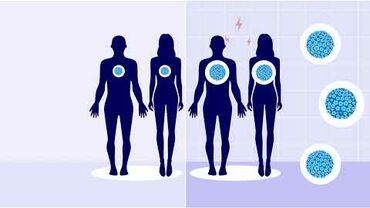Facts about healthcare-associated infections in long-term care facilities
About Healthcare-associated infections and antimicrobial use in European long-term care facilities
In Europe, most long-term care facilities (LTCFs) are for the elderly, including general nursing homes, residential homes and mixed facilities. In 2013, there were approximately 63 224 LTCFs for older adults in EU/EEA Member States with a capacity of approximately 3.6 million beds. The size of Europe’s LTCF population is increasing.
ECDC monitors the burden of healthcare-associated infections (HAIs) and antimicrobial use in LTCFs through repeated point prevalence surveys (PPSs) in EU/EEA Member States, using a standardised protocol. PPSs in May-September 2010 and April-May 2013 identified a crude prevalence of residents with at least one HAI in participating LTCFs of 2.4% and 3.3%, respectively. In 2013, ECDC estimated that on any given day there are more than 116 000 residents in European LTCFs with at least one HAI; the total number of HAIs occurring each year in European LTCFs was estimated at 4.2 million HAIs.
The risks of acquiring a HAI can be reduced by implementing infection prevention and control (IPC) structures and processes including antimicrobial stewardship. In the 2013 survey, the crude prevalence of residents receiving at least one antimicrobial agent was 4.4%.



